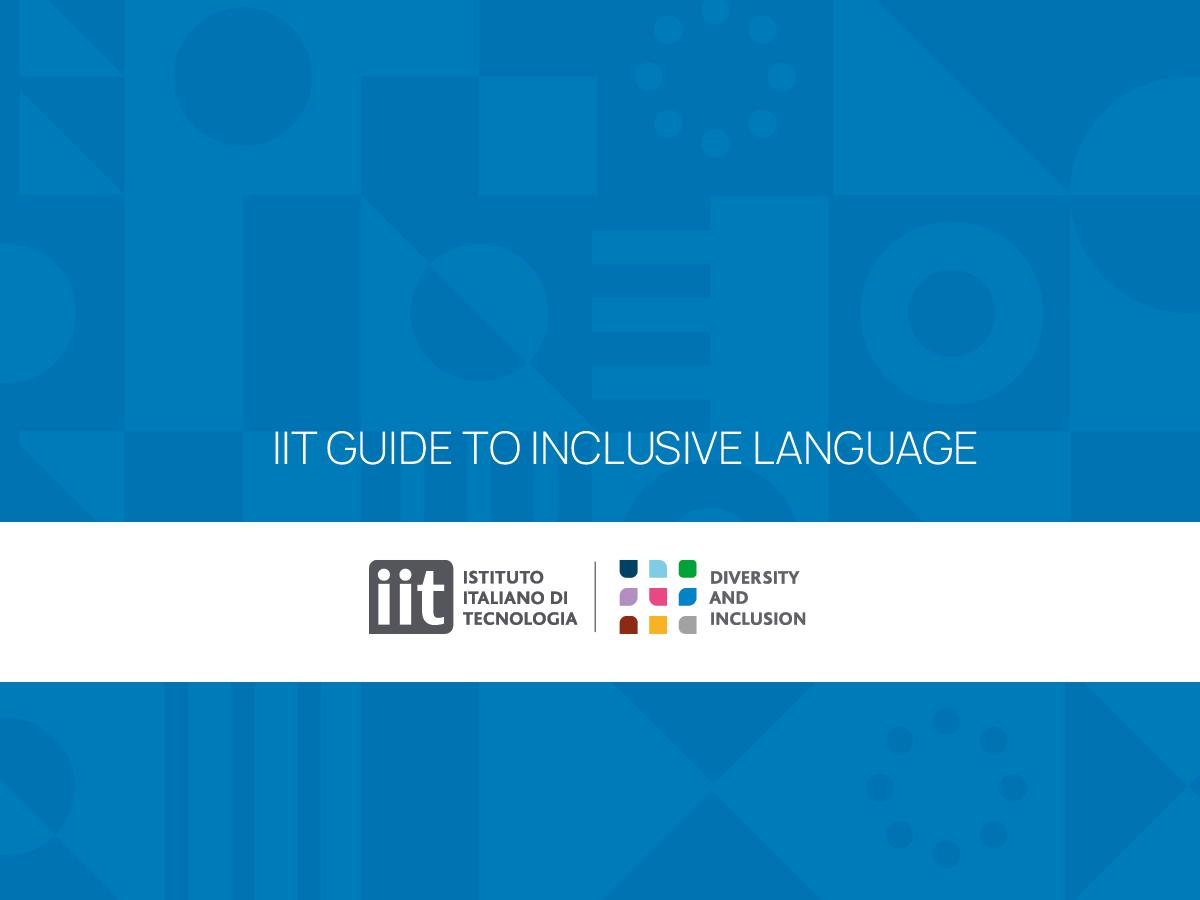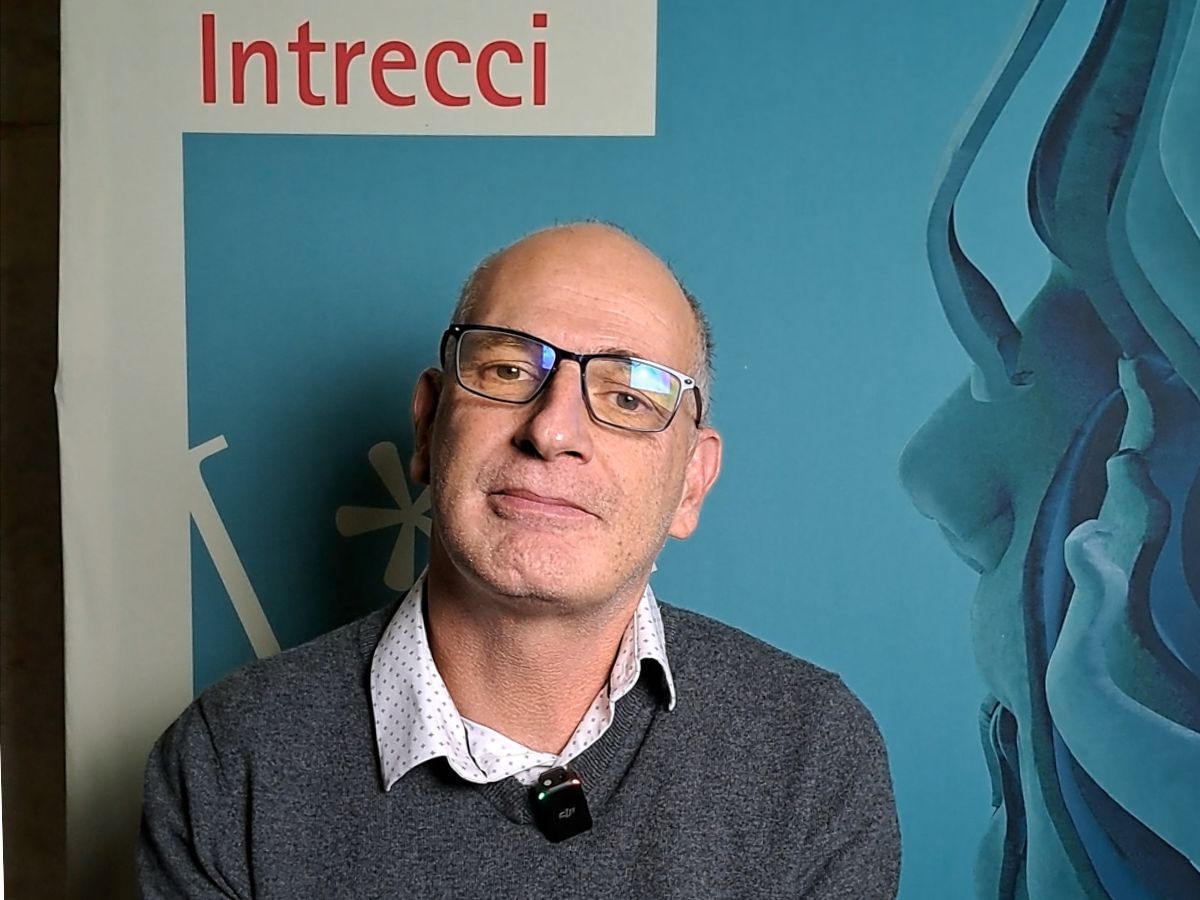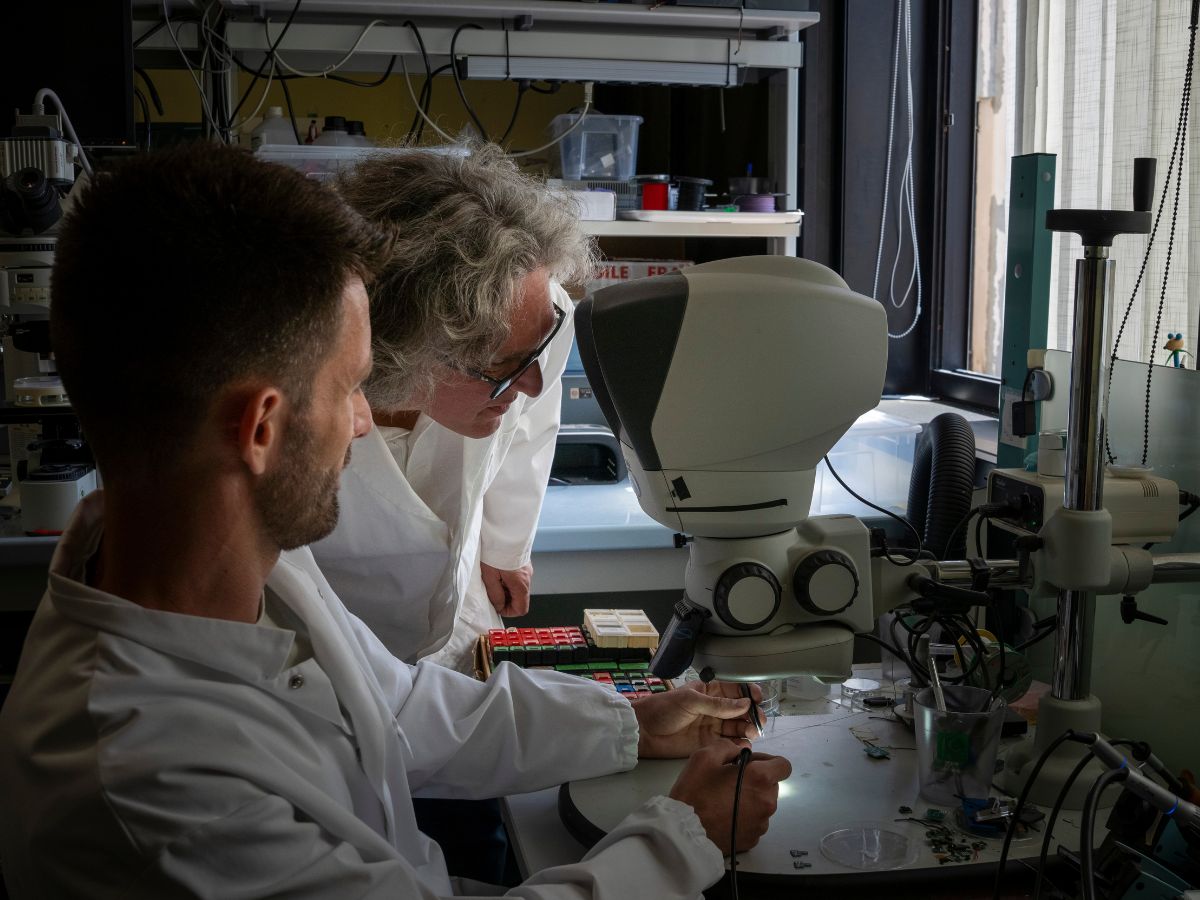Another international recognition for the revolutionary “Car – Parrinello” method
The Franklin Institute in Philadelphia awarded the prestigious Benjamin Franklin Medal in Chemistry to the distinguished professor Michele Parrinello (USI, ETH Zürich, and IIT Genova) and his colleague professor Roberto Car (Princeton University) on April 20th.
This marks another accolade for the revolutionary “Car-Parrinello” method, which combines electronic energy calculations with real-time molecular dynamics simulation. It has been essential for physicists working in the field of materials, chemists, and even biologists since 1985.
The Benjamin Franklin Medal has previously been awarded to luminaries such as Thomas Edison, Marie Curie, Nikola Tesla, Stephen Hawking, the Wright brothers, Bill Gates, and Albert Einstein.
Professor, what happened in 1985 after the discovery of the “Car-Parrinello” method with your colleague Car? What did it represent in your career and life?
First and foremost, I would like to emphasize that Roberto, besides being a colleague, is, above all, a friend. Naturally, it was a pivotal moment in my career and a magical period. I wouldn’t say I was a complete unknown because I was already somewhat known in the narrower field in which I worked. I recall that, at the time, there was no internet, and preprints circulated in the form of photocopies that were faxed. Those faxes used chemically treated paper that emitted a terrible odor! Wherever we went, we saw our work’s smelly copies on colleagues’ desks, diligently underlined. This was just the beginning of a series of invitations and subsequent recognitions. However, Roberto and I weren’t thinking about this future but rather the many research possibilities that could be explored thanks to our work.
And I was much younger, so a combination of all these factors left me with an almost mythical memory of that time.
When did you realize that you were revolutionizing a significant portion of your colleagues’ careers?
More or less immediately during that period. All the excitement around us indicated that we were on the right track. It wasn’t as groundbreaking as relativity, but it was indeed a new way of doing calculations that opened up new prospects. This feeling was almost immediate. But it didn’t distract us from what we wanted to achieve.
What is required most between dedication, study, and luck to achieve such high-level results? What weighed most on you?
It takes both dedication and study, and importantly, luck as well. It’s difficult to say which ingredient was the most crucial in our success. If you have passion and love for what you do, the work and sacrifices won’t be burdensome. But luck is also necessary. If Roberto and I hadn’t met at the right time in Trieste, the idea for the method might not have come about, or it might have emerged later. These things cannot be planned. In life, we occasionally have fortunate encounters, and I’ve been fortunate to meet great scientists who played significant roles in my life. Certainly, Roberto was one of them.
How has the approach to research changed since you began? Do you start with an idea in the old Galilean romantic sense, from a question, or is the demand trend determining the choice of research focus?
I come from culturally distant times, so my mental attitude is still traditional. And this remains my primary motivation. However, among the various things I’ve done, I’ve also worked in industry, at IBM, so I’m not insensitive to the practical aspect of research. Practical problems are very challenging and provide strong motivation. I’m known for developing various computational methods, but these methods were born out of the need to solve specific problems. The Car-Parrinello method also originated this way.
What has changed in recent years among young researchers? Do you find them more disoriented or more determined?
I must say that I’m fortunate to work with extremely talented, motivated, and determined young men and women. If I may jest a bit, I’d like to point out that a significant difference from the past is that young people used to be very awkward in their interactions with the opposite sex, just like in the sitcom “The Big Bang Theory.” Fortunately, this doesn’t happen anymore.
What would you recommend to a young Italian researcher today?
Our profession involves travel and interaction with others. However, I know that once you leave Italy, it’s not easy to return, but it’s a risk worth taking. Furthermore, it’s crucial not to be afraid to explore uncharted paths.
Professor, how did you and your group experience the lockdown weeks in Switzerland?
Apparently, we continued as before. We had certain rituals, such as having coffee together at 10:00, and we continued to do so via Zoom. Research progressed as usual because we don’t conduct laboratory experiments, and computers and internet communications were functioning. However, this way of working has its limitations. Now, in Switzerland, for about a month, things have somewhat returned to normal, and I have been able to return to the office with all the necessary precautions. Face-to-face discussions allow for more effective communication and foster the birth of new ideas.
How do you spend your time when you return to Sicily, and what do you like about coming home?
Someone once said that you can leave Sicily, but Sicily can’t leave you. This connection is made up of a thousand thin threads that are difficult to cut. Memories of summers spent in the countryside, the sound of the dialect, the flavors of the food, the warmth and depth of friendships. But also smaller things like having a granita on a morning when the strength of the sun foreshadows the midday heat, or the scent of jasmine on summer nights. When I’m down there, unfortunately not as often as I would like, I try to relive, as much as I can, all these sensations and a thousand more. I enjoy looking from my brother’s terrace at the Strait of Messina and feeling inextricably connected to this land.





